Tag: etymology
-
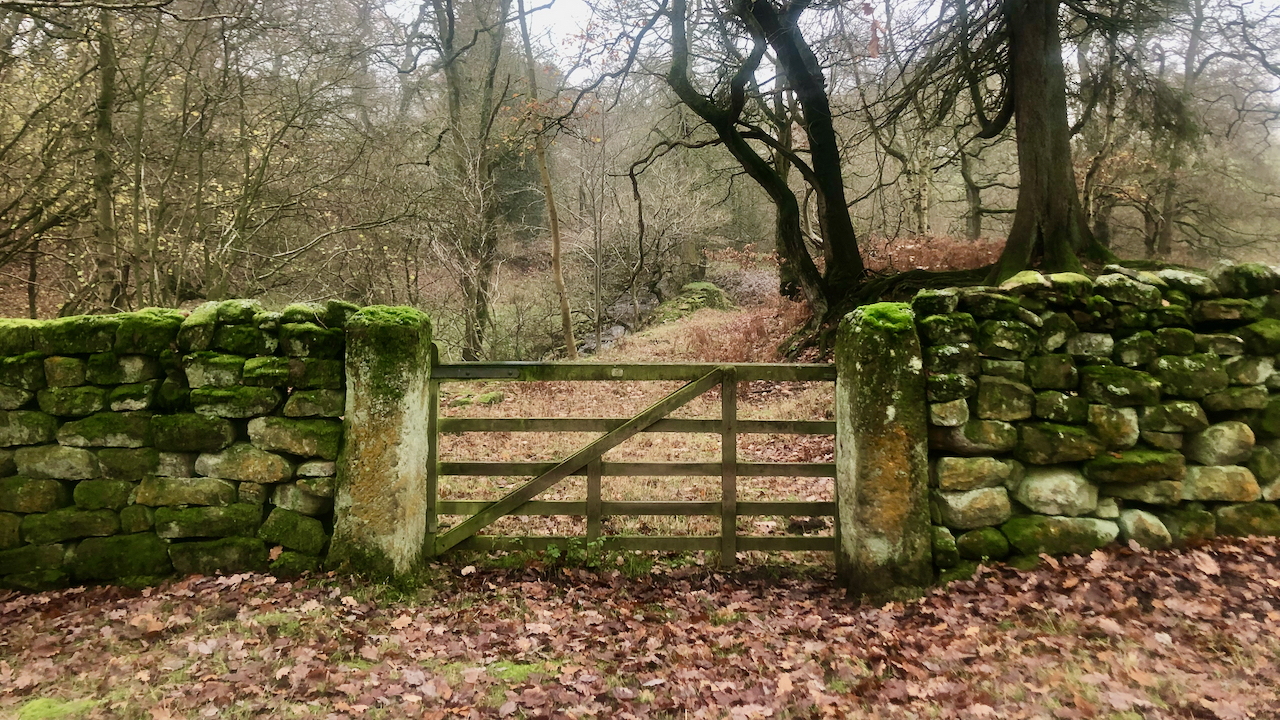
Two-stoop yate
‘Gate’, as in Westgate and Belmangate of Guisborough, is an old Scandinavian word meaning a ‘way’ or ‘road’. This is etymologically different to the modern useage of the word, which stems from the Old English word ‘geat‘ for a “door, opening, passage, or hinged framework barrier”. In Yorkshire though, we say ‘yate’, ‘yat’ or ‘yet’.…
-
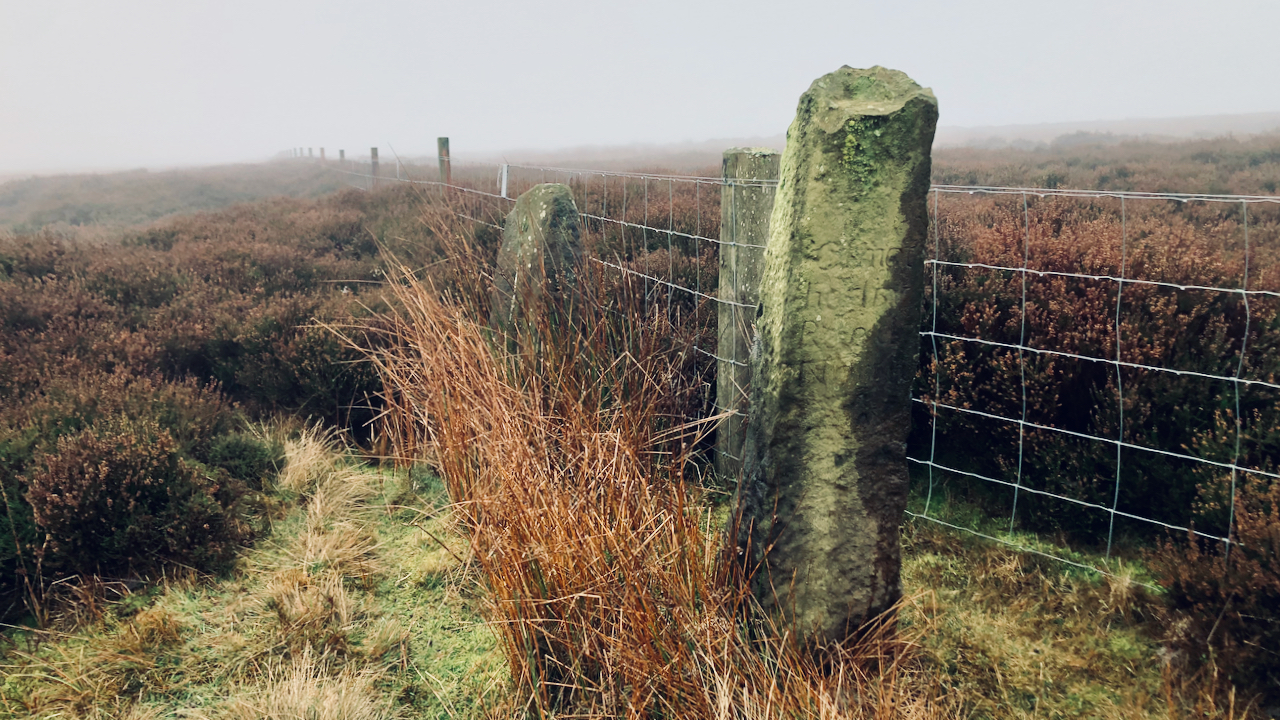
Crayaldstane
A dreary damp day with hardly no visibility so a fall back to that ubiquitous feature of the moors: standing stones. Man has erected stones upright for many reasons: to delineate a boundary, as a waymarker, a religious symbol or a monument. At Oakdale Head, on the parochial boundary between Hawnby and Nether Silton, you…
-
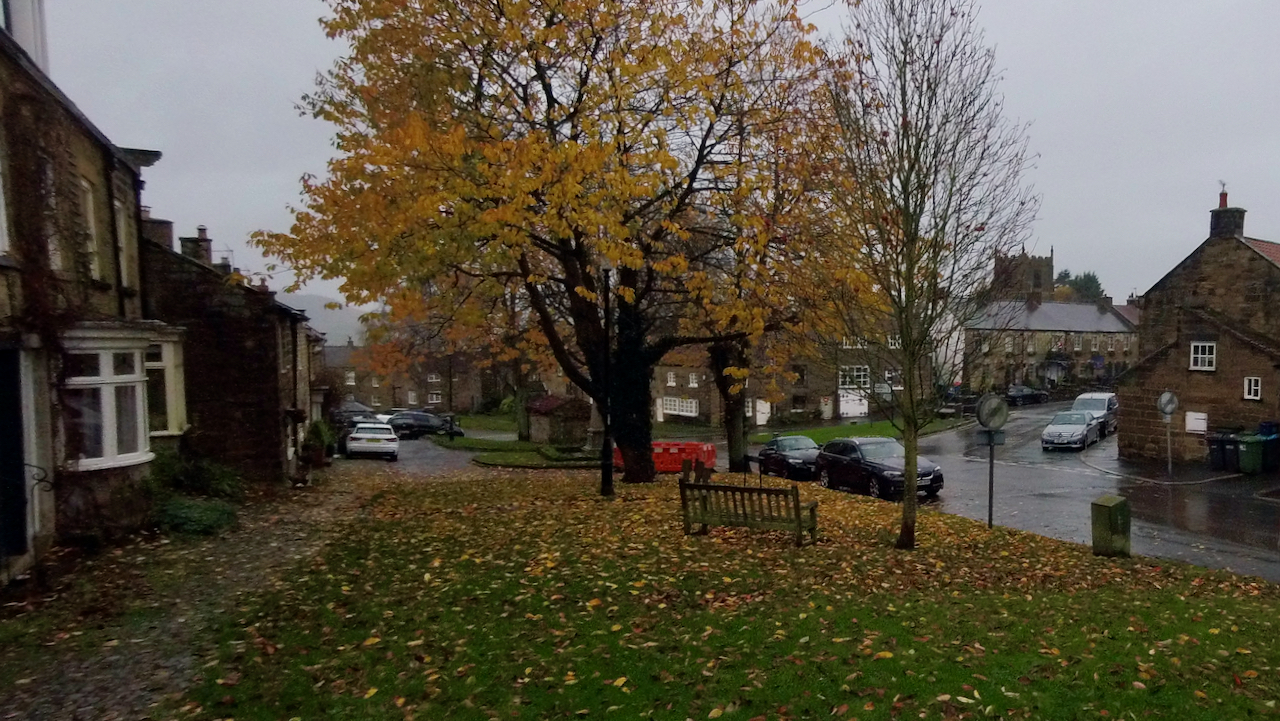
A bit of a wet morning. This was the best of the dozen or so photos I took.
It’s rare to find Osmotherley, or ‘Ossy’ as the village is commonly known, deserted and free of visitors and cars. The name derives from Asmundr, a Scandinavian who settled in a ‘leah‘ here, the Old English word for a clearing. Forget the old myth that Prince Oswy was buried here next to his grieving mother…
-
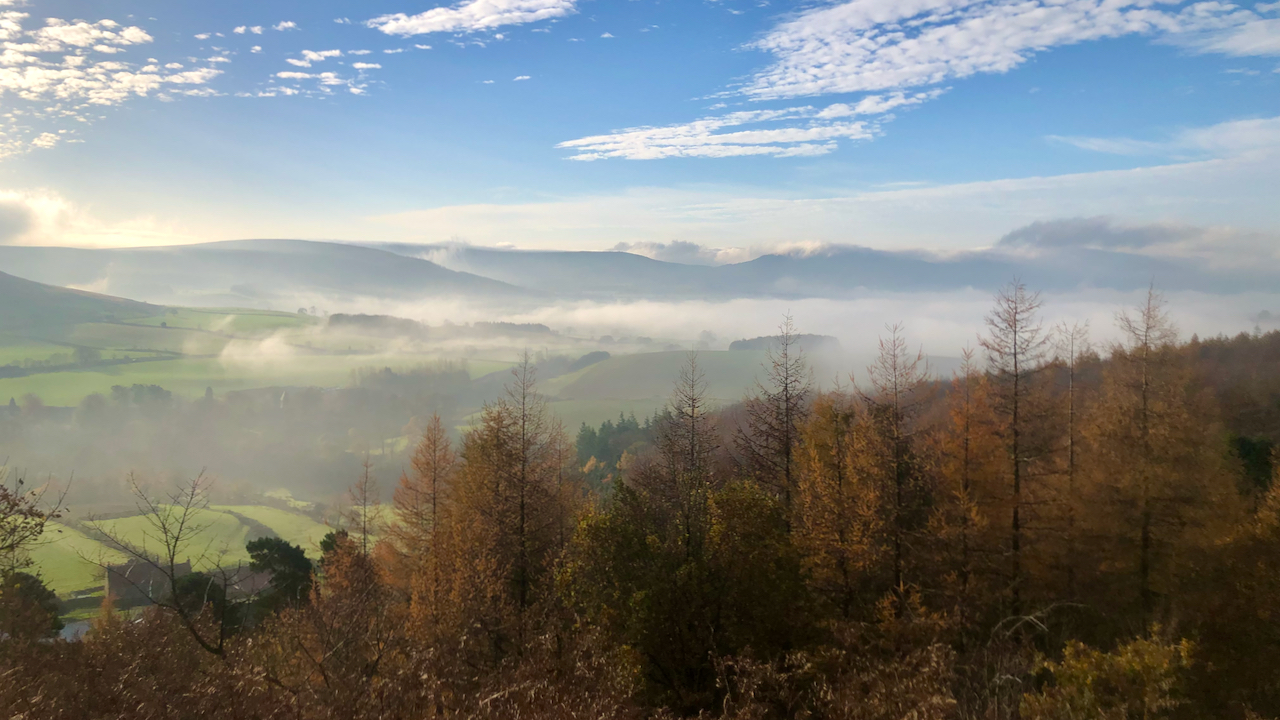
Another magicial day
The temperature inversion was not quite as dramatic as yesterday. But tomorrow is looking wet so best appreciate the day. The autumnal colours are particularly good this year with the fallowing of the oaks and beeches. Even the ubiquitous larch is looking splendid. I came across this old use of the word ‘fallow’ the other…
-
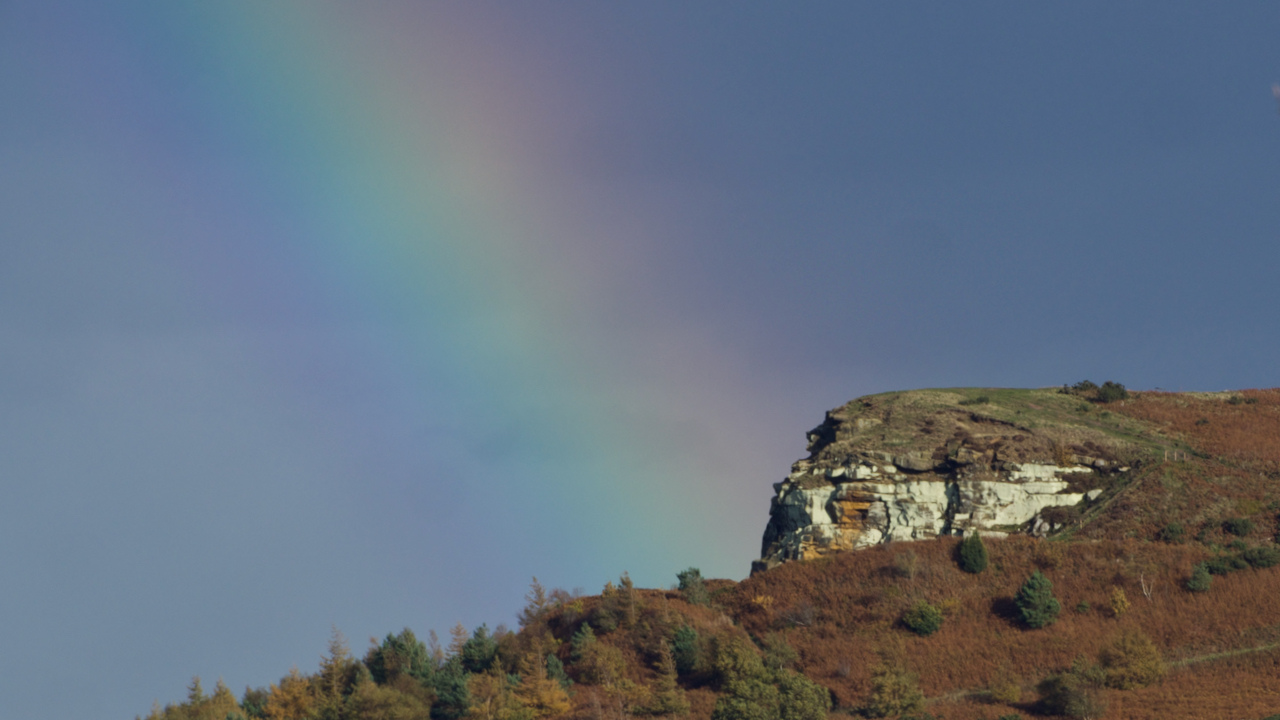
A Highcliffe dog
A ‘brynic‘ is some sort of sign in the sky foretelling some event. The end of a rainbow for instance might be a warning of a coming shower, if not a bad spell of weather. This rainbow, with its crock of gold at Highcliffe Nab, is not a complete one. A mere stump or ‘stob‘…
-
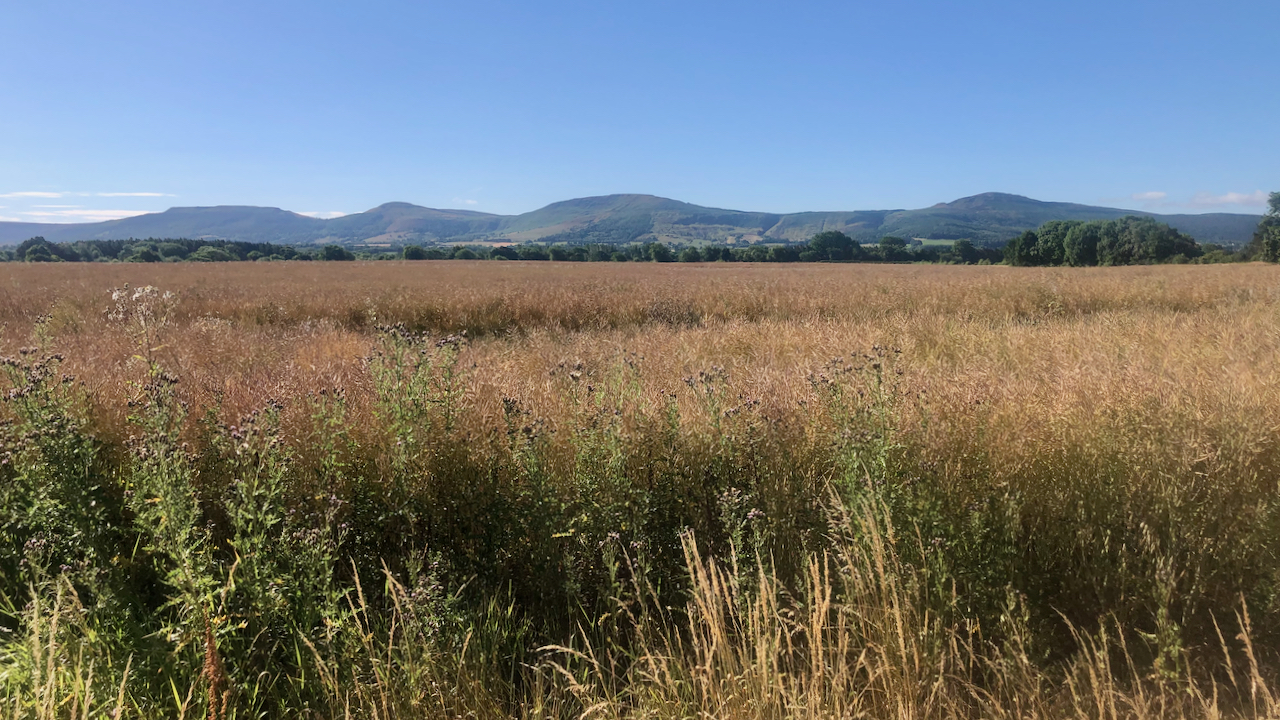
The Four Sisters
I am not sure who coined the term the ‘Four Sisters’ for the Cleveland hills of Hasty Bank, Cold Moor, Cringle Moor and Carlton Moor. Maybe it was Martyn Hudson who used that term in his book ‘on blackamoor‘. They form a familiar view from the vale of Cleveland. From urban Teesside, the flattened aspect…
-
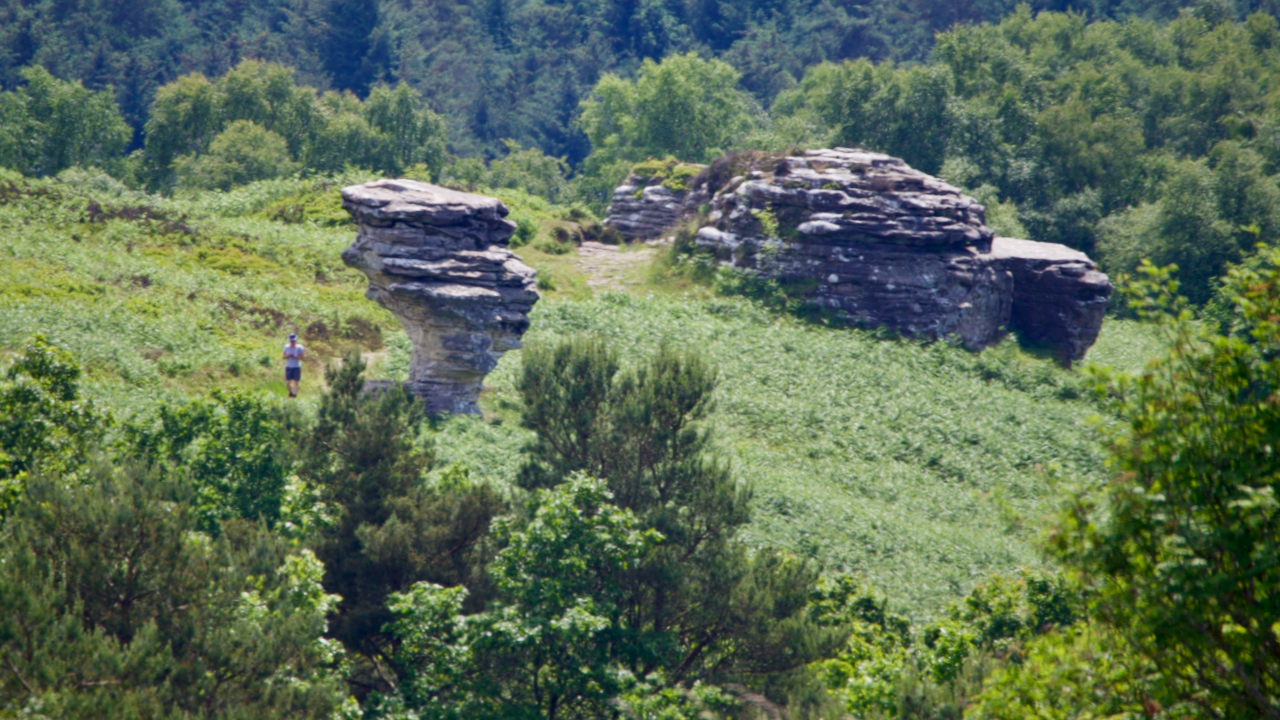
Low Bride Stones
150 million years ago, as the Jurassic seas advanced and retreated, rocks of differing densities were laid down on the sea bed with a hard gritstone laying over softer sandstones. The sandstone under the weathered more easily resulting in these fascinating tors. A myth that is often quoted is of a petrified bridal party that…
-
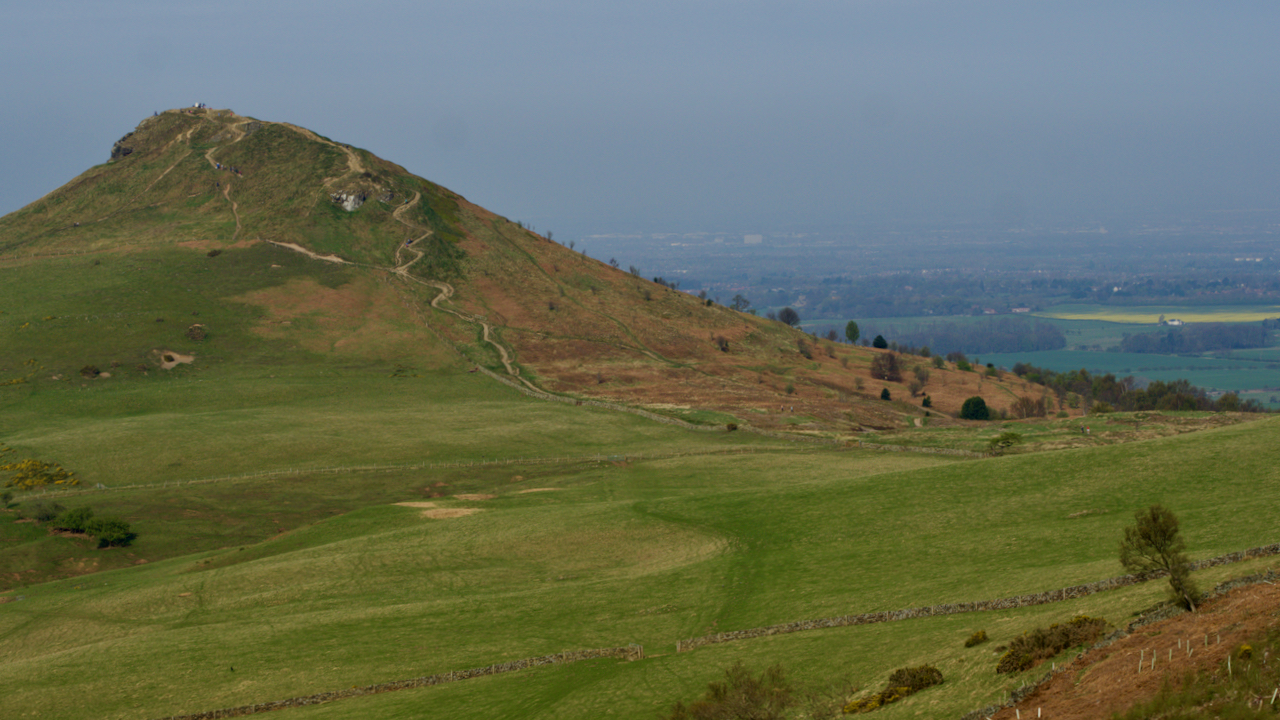
‘Ohensberg’
The bridleway between Aireyholme Farm and Hutton village, passing through the col on Roseberry Common, is referred to as ‘the great road of Ohensberg‘ in one of the foundation charters of Guisborough Priory of about 1120. The original is in medieval Latin of course but nevertheless it sounds as if it was a main route…
-
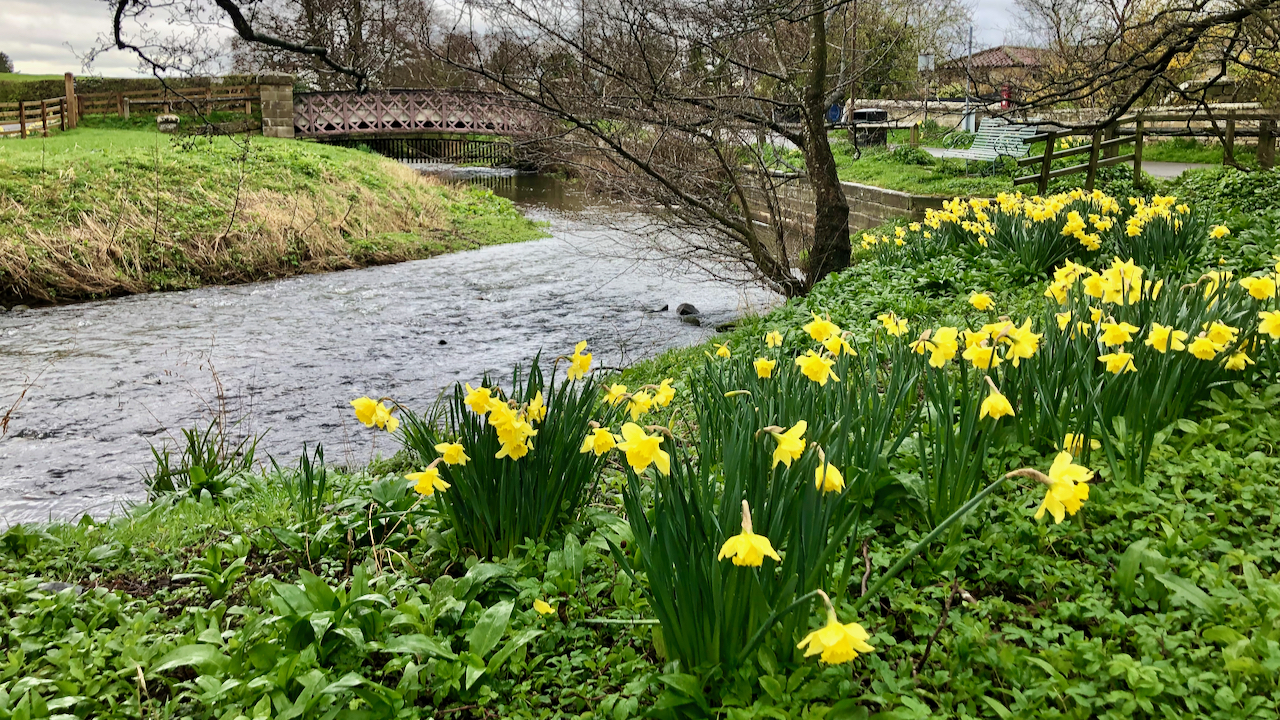
Lenten Lilies by the Leven
Lenten Lily is a Yorkshire name for the daffodil, the wild English variety, although I guess these are a cultivated variety. Daffs are poisonous, nevertheless they have been used throughout the centuries for medicinal purposes particularly as a cure for cancer. Hippocrates himself recommended a pessary prepared from daffodils for tumours of the womb. In…
-
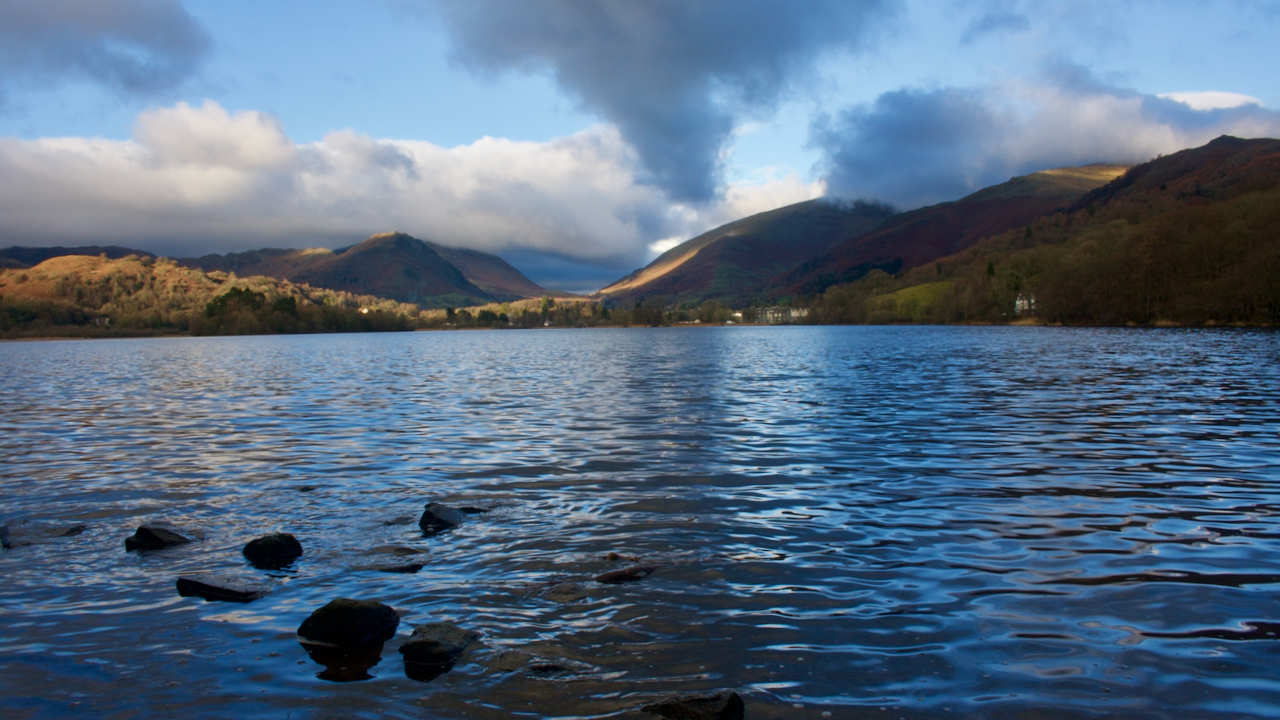
Grasmere
Although many names with the element ‘gras‘ do derive from the Old Norse for swine or pigs, Grasmere has an Old English origin and means exactly what it says on the tin, a lake of grassland or pasture. One of the prettiest lakes in the Lake District. But also the most popular.